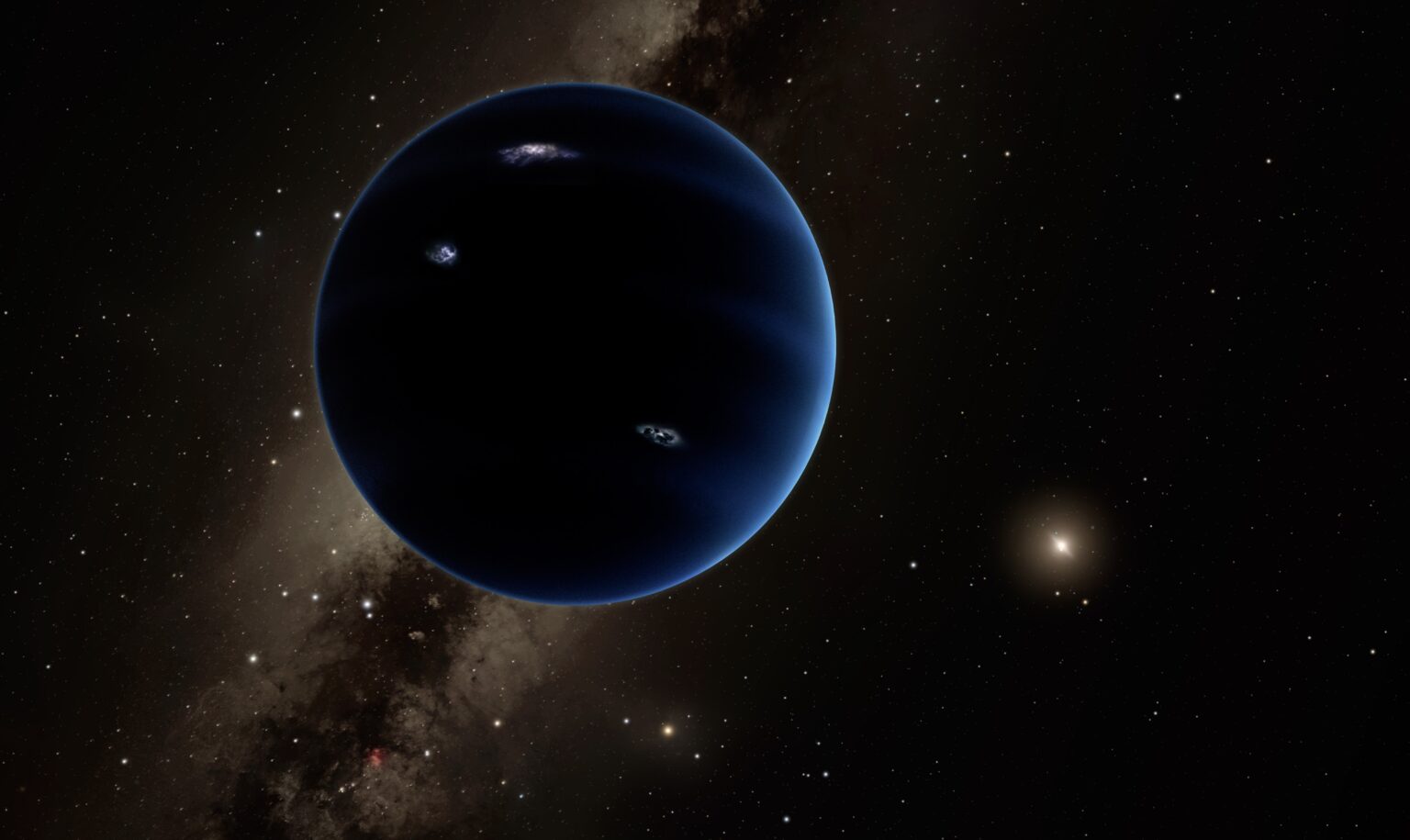Astronomers continue to search for the elusive Ninth Planet of our solar system. This is a theoretical world that can be hidden far beyond the orbit of Neptune. It is probably located in the Oort cloud. But the search has not yet borne fruit.

In a recent article published in The Astrophysical Journal, researchers examined data from the Atacama Space Telescope in Chile over the past six years. Images taken between 2013 and 2019 covered almost 87% of the sky visible from the Southern Hemisphere. The team was able to identify more than 3,000 previously unknown objects at a distance of 400 to 800 au. But none of these candidates has been confirmed as a planet.
However, astronomers remain optimistic. The infertility of searches as such does not deny the theoretical existence of the planet. Negative results only narrow the area where this planet can theoretically hide. After all, the study covers only 10% to 20% of the possible locations of the planet in the sky.
Cold, dark world
Astronomers first began searching for the Ninth Planet in 2016, 10 years after Pluto was stripped of its title and downgraded to a planetoid or trans-Neptunian object. The presence of a massive planet behind Neptune has been hinted at by the strange properties of some distant objects in the solar system.

A long time ago, astronomers noticed that six rocky objects outside the orbit of Neptune, are grouped in a really odd way. Moreover, the farthest points of their orbits are much farther from the Sun than the nearest points. The team estimated that the eccentricity of the rocks’ orbits could be explained by the gravity of some invisible planet five to ten times the size of Earth.
Huge distance
Half a century later, many teams have tried in vain to discover this hypothetical world. The biggest obstacle to hunting for the Ninth Planet is the great distance. While Pluto rotates at a distance of 30 to 50 au from the Sun, the authors of the 2016 study estimated that the Ninth Planet is probably somewhere between 400 and 800 au — so far away that sunlight may not reach it at all. Therefore, it is almost impossible to discern the Ninth Planet through an optical telescope.
Instead, astronomers are turning to the ACT telescope, which can study space in millimeter waves, a short variety of radio waves close to infrared radiation. According to the International Research Institute for Radio Astronomy, millimeter telescopes are often used to look into dim icy gas clouds where new stars form, because such clouds do not absorb millimeter light.
Earlier, scientists suggested an alternative to the ninth planet.

